
Tag Archives: Minerals
Health Tip #30
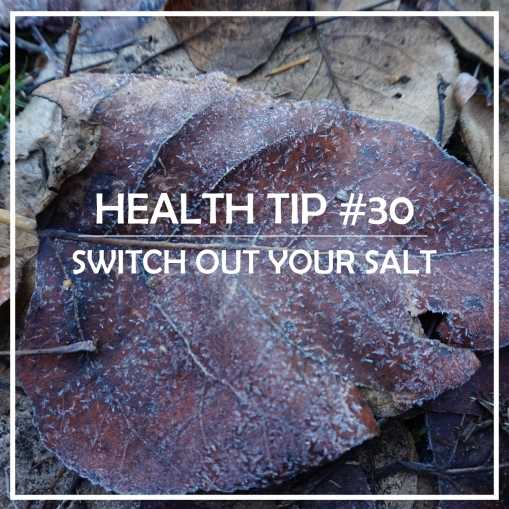
“There must be something sacred in salt: It is in our tears, and in the ocean.” Kahlil Gibran
Why We Need Salt
In fact, salt is in our blood, sweat and tears. And salt, or sodium, is also needed to regulate our fluid levels and blood pressure, help the brain communicate with muscles through nerve impulses, the contraction and relaxation of muscles, adrenal function and the uptake of nutrients into the cell. That’s all pretty important stuff. Salt cravings can be a sign we are lacking in needed minerals or that our adrenals need nourishing.
Don’t Forget The Potassium
So why are we told to seriously reduce or eliminate salt from our diets? This is because of sodium’s job of regulating fluids and blood pressure. It is believed that too much salt in the diet results in high blood pressure which in turn increases our risk of heart attack and stroke. Studies have shown that a diet too low in salt could be as unhealthy as diets too high in salt. And that the unhealthy effects of salt consumption could have more to do with our sodium-potassium balance than with too much sodium alone. Adequate potassium levels have been associated with a lowered risk of cardiovascular disease. Potassium can be obtained from vegetables and fruits including: avocados, spinach, sweet potatoes, coconut water, white beans, bananas, acorn squash and dried apricots.
Ditch The Table Salt
The other problem with salt is that most of the sodium in our modern diets comes from processed table salt added to nearly all processed foods. Table salt is highly refined and stripped of nearly 60 trace minerals, leaving it devoid of nutrients. Table salt contains sodium chloride, added iodine and many man made chemicals including anti-caking agents, bicarbonate of soda, sugar, and preservatives like aluminum hydroxide.
Choose Natural Salts
Natural salts such as pink Himalayan salt and sea salt contain sodium chloride but unlike table salt, they also contain their natural trace minerals including phosphorus and potassium. Iodine is not present in significant levels in these salts but iodine can be obtained by adding sea vegetables to our diet. Locally, Harmonic Arts has a sea-vegetable blend that can be added to soups and stews to up the mineral and iodine content of our meals.
Health Tip #17
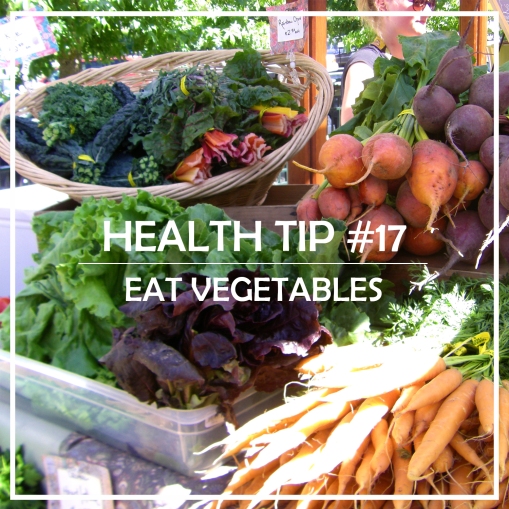
Eat your veggies! How many times have you heard that?
As children many of us weren’t naturally drawn to vegetables. Instead we preferred dense calorie sources such as sugars and fats. One of the reasons is because we were genetically programmed to go for caloric rich foods when we could, because dense calorie sources meant energy, and energy sources meant survival. For us modern day eaters, these dense calorie sources are easily come by, too easily!
As adults however we can use our common sense to realize that an array of brightly colored vegetables are important for our health. Vegetables are a low calorie, nutrient dense food source. An array of brightly colored produce provides us with much needed antioxidants, minerals, micro-nutrients and phyto-nutrients. These nutrients are broken down and used in chemical reactions in our bodies to run our bodily functions. Without these nutrients our bodies cannot function optimally. Because of this, nutrients from these foods help protect us from disease and slow the aging process.
Vegetables are also a great source of dietary fiber. Fiber from a variety of produce helps to feed our microbiome and flush waste through our digestive tract. Certain vegetables, being mostly water, are also hydrating.
We should aim to eat six to eight servings of brightly colored produce each day. Growing our own vegetables is a great way to get high quality, inexpensive, nutrient dense vegetables. Vegetables can be added to soups, stews and casseroles to boost their nutrient content. Some of the most nutrient dense ways to consume produce are lacto-fermented vegetables, fresh vegetables juices and sprouts.
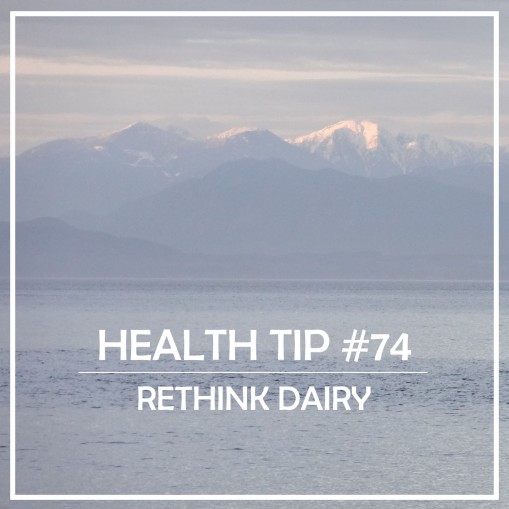

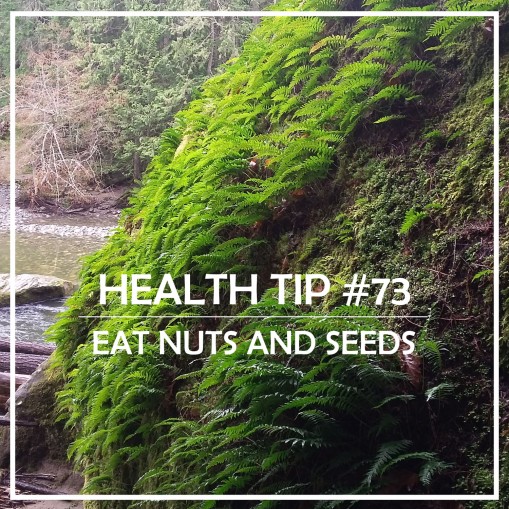
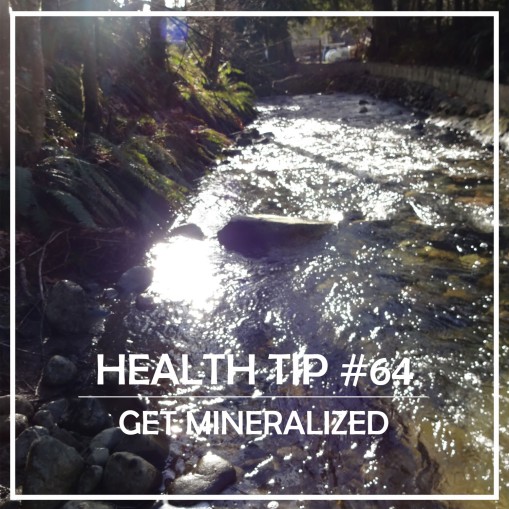
Recent Comments